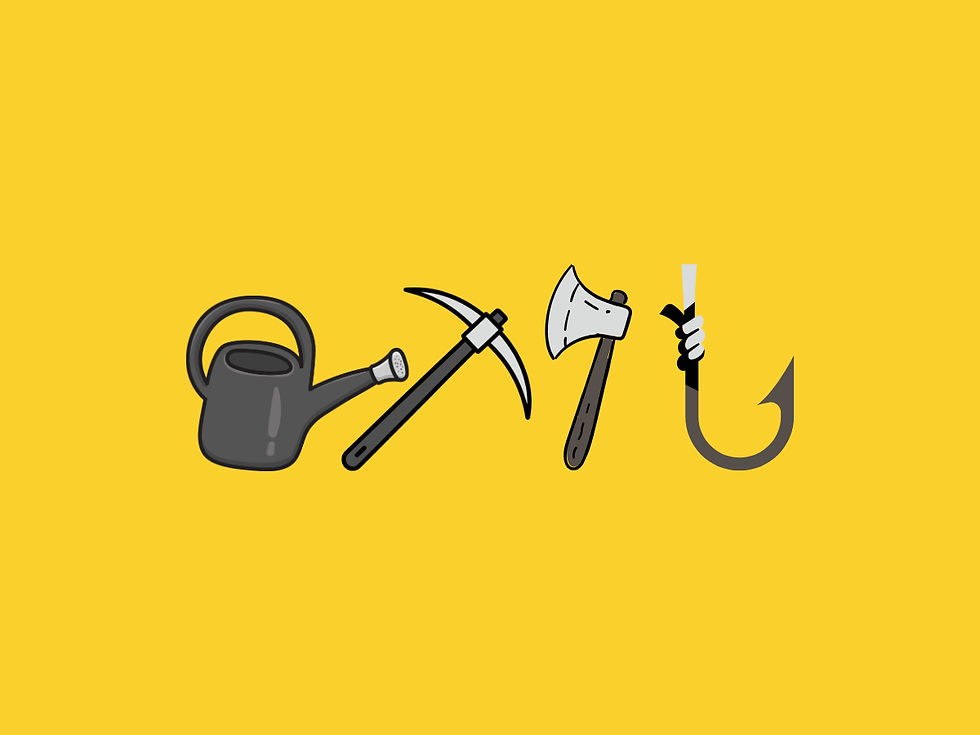How to Feel Quality
- Shum
- Dec 25, 2021
- 4 min read
Updated: Feb 6, 2022
In the summer of 2021, we got a rowing machine.
And it changed my life.
The goal of this post is to begin to explain why.
Firstly, it has nothing to do with getting healthier. Getting healthier has been a wonderful side dish. It pales in comparison to the main course.
The main reason this rowing machine has changed my life is because it taught me a very visceral lesson.
The lesson is how to feel quality.
Sounds a bit out there right? Let's start at the beginning.
First, I must take you on a tiny detour into the world of rowing terms.
Before I go any further, you must know, I am by no means an accomplished rower. I am barely an amateur.
So, the beginning.
Picture yourself on a rowing machine.
When you make the motion of starting at the front of the machine and then ending at the back, that's considered one stroke.
From here you can develop a stroke rate, which means how many strokes you take in a minute. In other words, how many times in a minute do you go back and forth on the machine.
The machine also measures the power you exert on each stroke. Power is measured in watts.
Let's put these two things together. This is the beginning of what eventually changed my life.
When I first started rowing on this machine, I would try to row for 20 minutes. I got there. Eventually.
I was looking at the stats (which are in your face the entire time - this will matter later) and realizing that, on average over the course of 20 minutes I was rowing at about 23-24 strokes per minute, at an output of about 200 watts per stroke. When I really pushed it, I could get up to about 29-30 strokes per minute, at an output of about 250-260 watts per stroke.
This pattern continued for a few weeks.
Then, naturally, as any keen amateur does, I YouTubed some stuff.
I was keen to understand where I stood in the realm of actual rowers. I considered myself fairly healthy, and at the end of each workout I was definitely exhausted.
So my question was, what does an ideal stroke per minute, and power output look like? Which is basically asking, how well do actual rowers perform, and where do I stand?
When you ask a question like this, you're setting yourself up for the classic answer, "It depends."
I ended up stumbling upon a rather simple video, which did tackle this question for amateurs like me, and it suggested that I try something very straightforward in my next workout.
The video suggested that I try rowing at a very "low" stroke rate (16-17 strokes per minute) and try to keep the same amount of power in each stroke.
At first, I was confused.
How do you go slower, but with the same power?
This was my challenge.
Turns out it's possible.
At first it wasn't easy or obvious, but then it became clear. There really is only one way to accomplish this.
Improve the quality of each stroke.
With practice, YouTube, advice from friends who actually row, and a healthy dose of optimism, I was able to eventually have a stroke rate of 17-18 strokes per minute, and even generate close to 400 watts per stroke.
A 20-minute workout using this method, took me to a whole new level of exhaustion.
There are just so many lessons to unpack here. I will come back to many of them over time on this blog, because as I said, this was a life-changing thing for me.
The one I will focus on for now is how to feel quality.
As I mentioned, each time I took a stroke, the stats on my machine would tell me exactly how much power I generated. It would display the watts of each stroke.
In this case, power is a direct representation of quality. So in a way, I was getting instant objective feedback with each stroke: high quality, higher quality, back to high quality, oh you're tired, down to low quality, still low quality, oh you've got a bit more energy, high quality again. All of this while my strokes per minute stayed relatively the same.
The life-changing piece for me here was when I started to feel what a high quality stroke was like. I began to internalize the body mechanics that could generate more power.
As I said at the start of this post, this was a visceral lesson.
It's one that I am still learning on the rower, and one that I have started to explore in several other domains in life.
What does a high quality conversation feel like? What does a high quality period of work feel like? What does a high quality interaction with our kids feel like?
To clarify, when I say feel, I mean viscerally.
This is still an open investigation for me, and I can tell you that the most difficult part is finding or perhaps deciphering the immediate feedback mechanism.
On a rowing machine, watts are in your face, on every stroke.
In other domains, the data may be immediately present, but is much more difficult to track or even decipher.
For now, I will wrap it up here and leave you with a final question. It's a two-parter.
If you could pick one area in your life where you want to feel quality, what would you pick and how will you know?




Comments